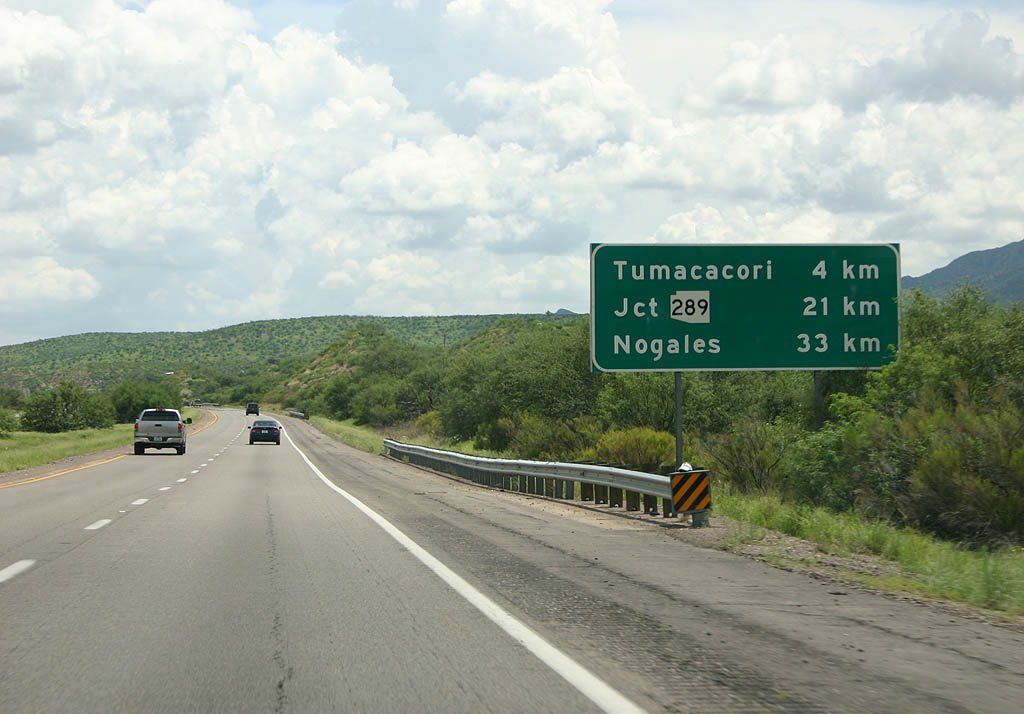Our latest 5 day trip was a short drive from Phoenix to Tucson, AZ. The first evening and next day were quiet as we were getting used to the new pack member and how she’d do in the travel trailerA travel trailer is towed behind a vehicle and can include p... More. Find out how that went in Who Let the Dogs Out.
By Saturday, it was time for some adventure. While we do truly enjoy the days we can just hang out at the camper with the dogs, we also travel to see new places and explore history.
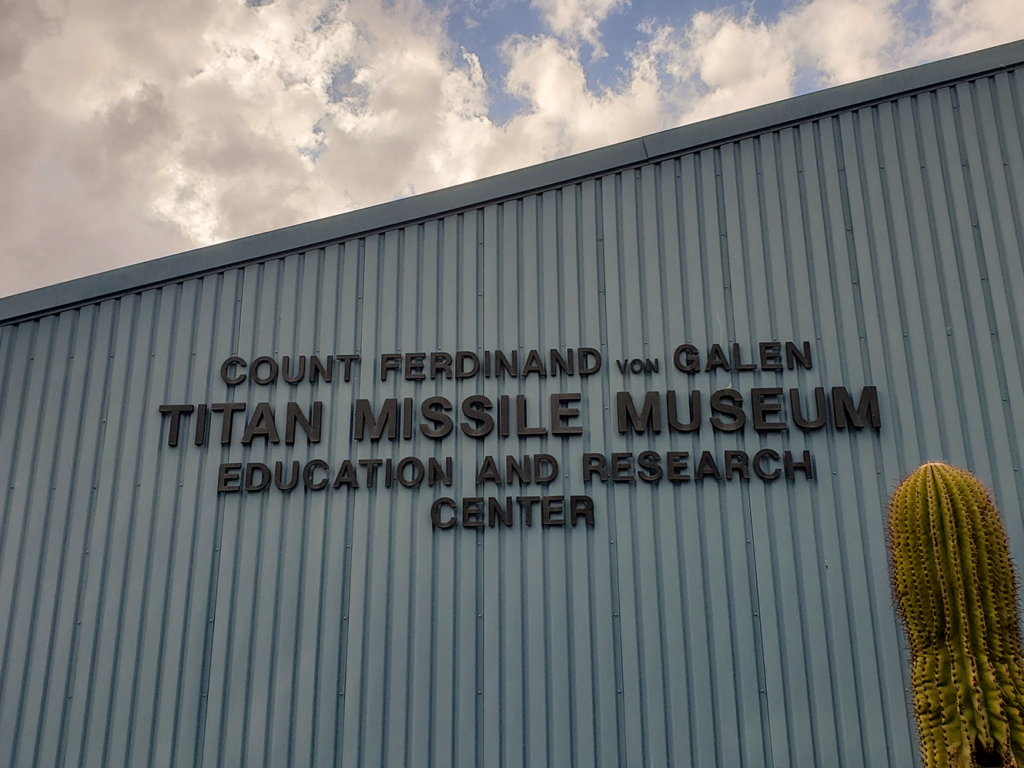
On the agenda, the Titan Missile Museum.
A Titan Missile is part of a class of missiles commonly referred to as intercontinental ballistic missiles or ICBMs. This is the only remaining Titan II Missile Silo, officially 571-7, out of 54 silos located around the United States. The silos date back to 1963 and remained in operation during the height of the Cold War. Shortly after it was decommissioned, plans were in the works to turn this location into a museum.
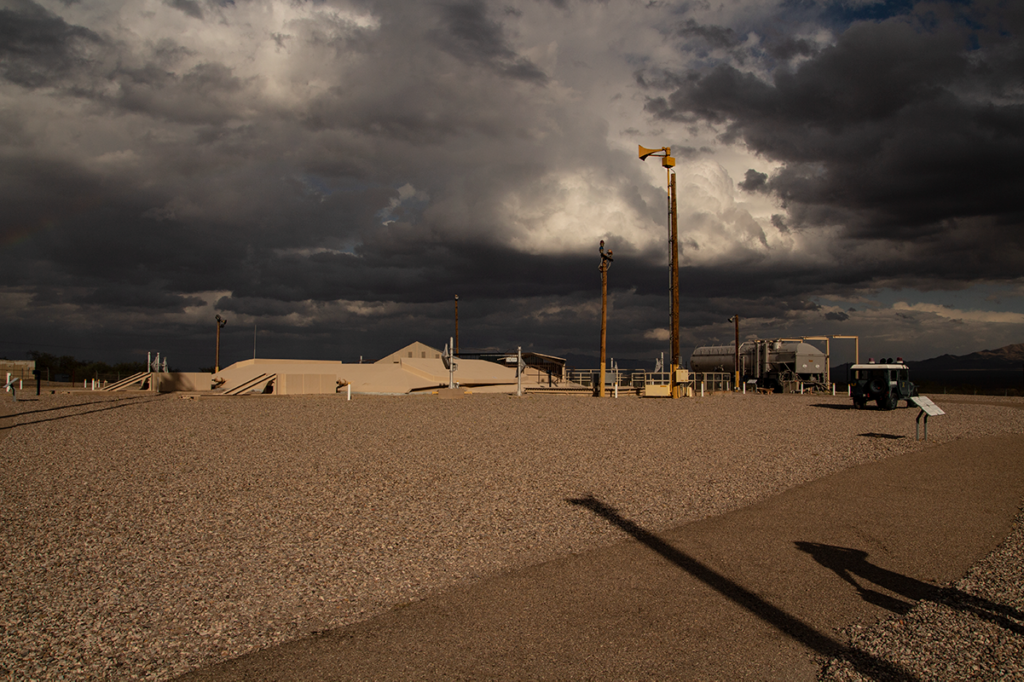
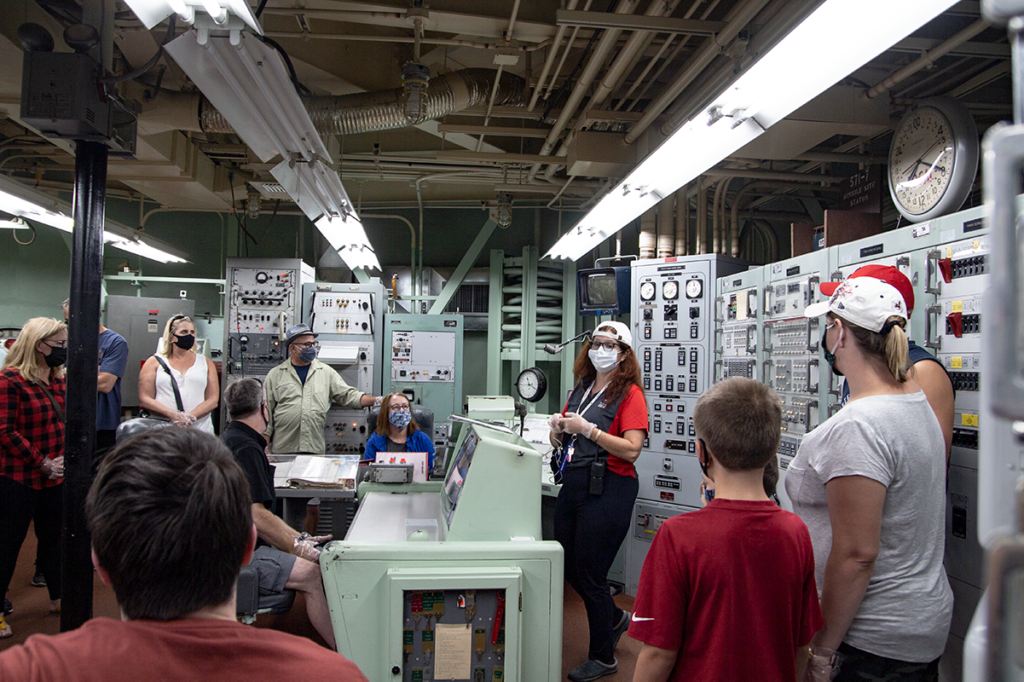
Working at the silo consisted of 24 hours shifts. In order to get to your work station, you would have to pass through several security check points with fail safes in place. Once inside, the first four hours of every 12 hour period was consumed with checking and double checking that everything was working properly. Probably a good thing since this is not the kind of job you’d want something to go wrong on.
The entire launch sequence took 58 seconds from initiation to liftoff.
This site was used to film the original Warp Drive on Star Trek, First Contact.
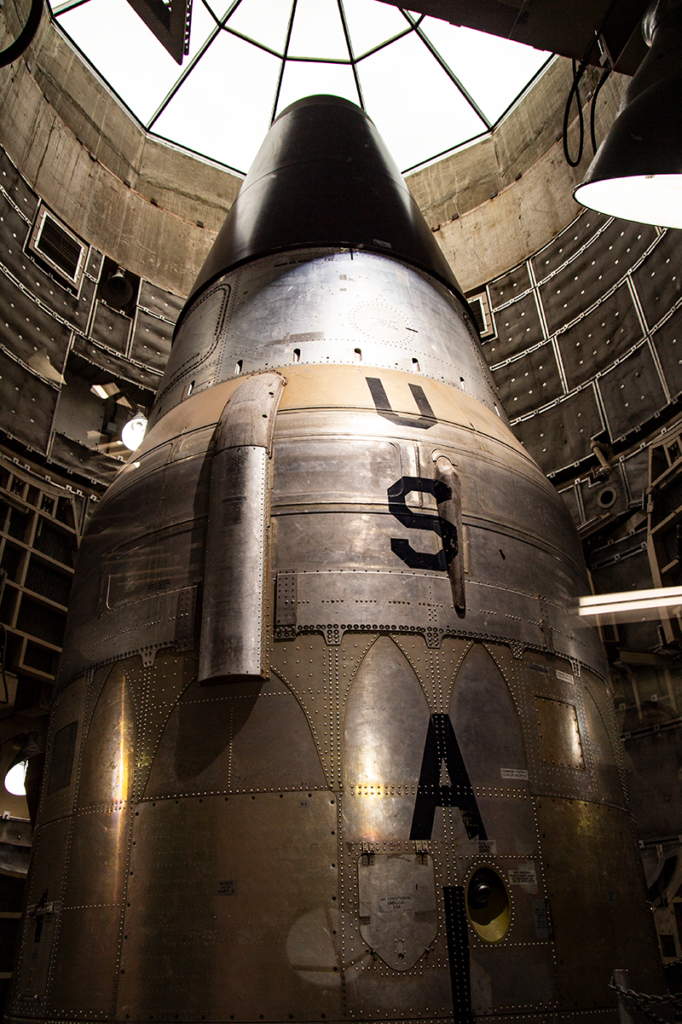
What Jeff and I found most interesting was how much the underground bunker is protected from shock. The springs that support the ceiling surely have more tension than the springs in our mattress!

And check out this informational sign. Does the lack of information about North Korea disturb anyone else?
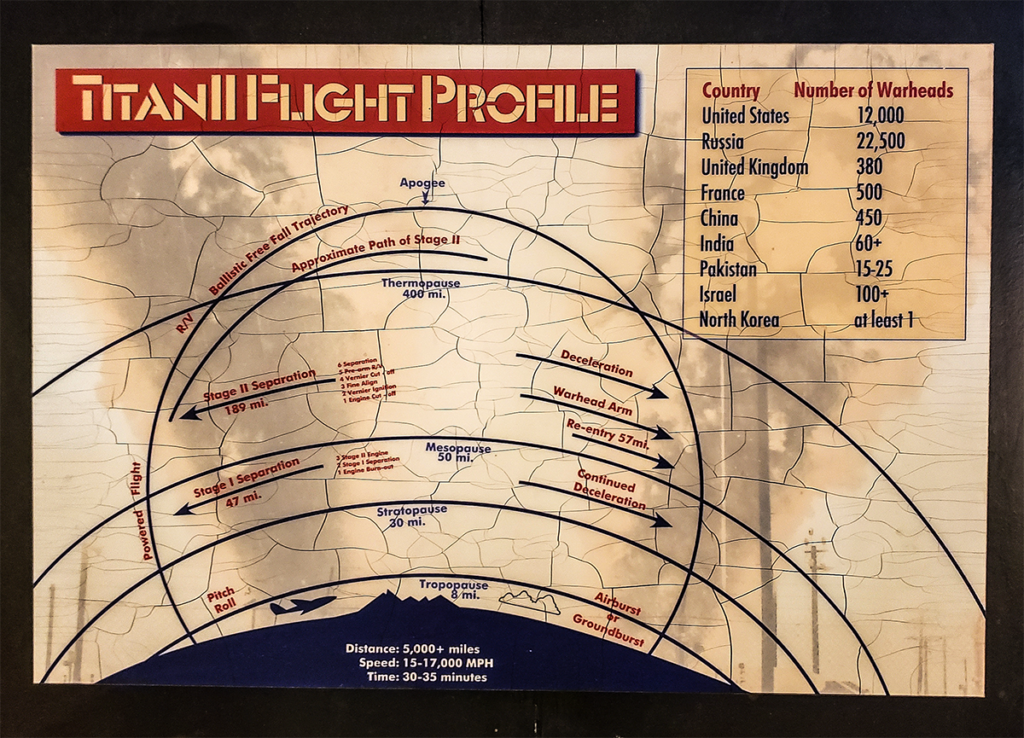
Where the Heck Are We?
On the way to the museum, Jeff noticed that all of the highway signs listed distances in metric. At first we thought it might be a county thing but, as we got back into Tucson, we saw the signs showing imperial distances. So, of course I did a little digging.
It turns out that I-19 is the only stretch of highway in the entire US with distances listed in metric (note, speed limit signs remained as miles per hour). In the 1980s when the highway was being built, the US was on the brink of converting to the metric system. Therefore, they decided to get a jump start and post the signs in metric. Even though the country never converted, the signs remain.
